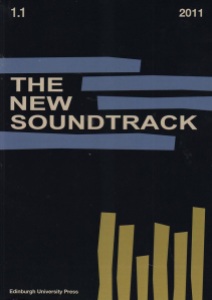
Jonathan Demme included excerpts from over 40 recorded songs in the soundtrack for his film Something wild. As a late–20th-century update of screwball comedies, traits common to the genre—shifts in characters’ identities, the breaking down of social barriers—are supported and commented on musically.
This according to “Something new: Music as re-vision in Jonathan Demme’s Something wild” by Jeff Evans (Popular music and society XIX/3 [fall 1995] pp. 1-17). Above and below, The Feelies shift the identity of David Bowie’s Fame in Demme’s film.






